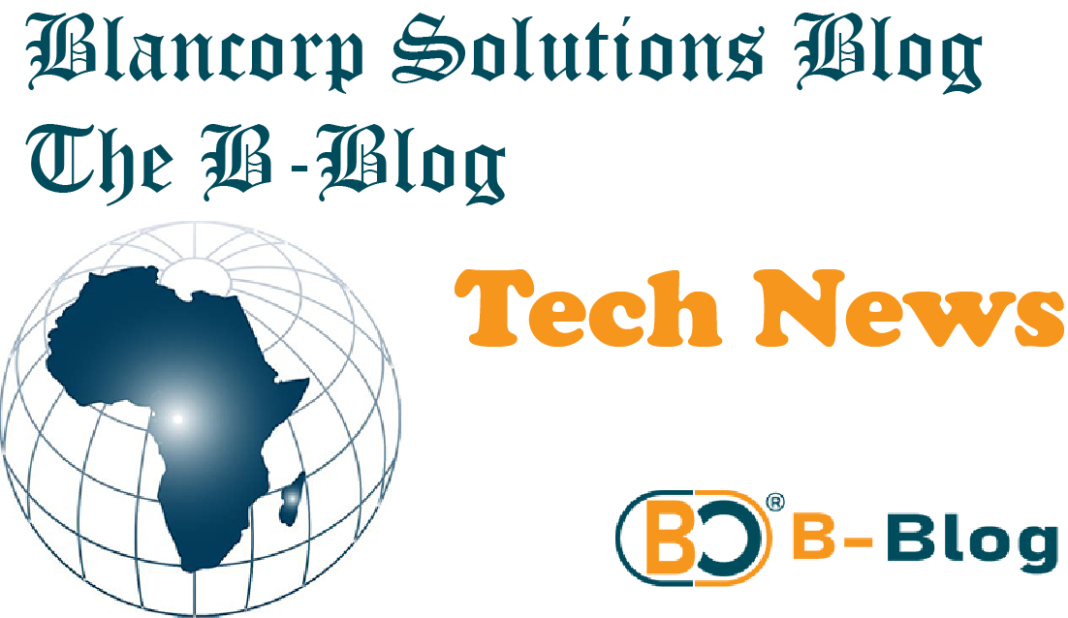Modern software development resembles a global assembly line more than solitary craftsmanship. Applications now integrate dozens of third-party components – open-source libraries, commercial SDKs, cloud services – each representing potential vulnerability points. This interconnected reality fundamentally reshapes how we must approach security.
Recent incidents like the SolarWinds breach and Log4j vulnerability demonstrated how a single compromised component can cascade through thousands of organizations. These were not isolated cases. Studies indicate over 70% of codebases now contain open-source components with known vulnerabilities. The attack surface extends far beyond what any single team controls.
Supply chain security focuses on understanding and securing these dependencies. It requires mapping every component in your software’s journey from development to deployment. This includes open-source libraries, proprietary third-party tools, container images, and build pipelines. Without this visibility, organizations operate with dangerous blind spots.
The challenge intensifies when considering global development practices. Teams in Nairobi using public package repositories face similar risks as those in New York or Berlin. An open-source maintainer in Ukraine or a cloud service provider in Singapore becomes part of your security perimeter. This interdependence demands collaborative vigilance across geographical boundaries.
Practical approaches involve continuous monitoring rather than point-in-time checks. Automated tools like Software Composition Analysis (SCA) scan dependencies for known vulnerabilities, while artifact signing verifies component integrity. The Open Source Security Foundation’s Sigstore project provides cryptographic proof of origin, helping verify that components haven’t been tampered with.
Beyond tools, cultural shifts prove equally important. Development teams should maintain a software bill of materials (SBOM) – essentially an ingredient list for applications. This practice, now advocated by the US National Telecommunications and Information Administration, creates traceability when vulnerabilities emerge. It transforms reactive patching into proactive risk management.
Vendor risk assessments require deeper scrutiny too. When selecting third-party services, organizations must evaluate their security practices, incident response capabilities, and dependency management. Certifications like SOC 2 provide baseline assurances, but ongoing validation matters more than checkbox compliance.
For teams across Africa and Asia facing resource constraints, prioritization becomes critical. Focusing on high-risk components – those with network access or handling sensitive data – offers practical risk reduction. Community resources like OWASP’s Software Supply Chain Security Cheat Sheet provide actionable guidance without expensive tooling.
This landscape reveals a fundamental truth: security can no longer be an isolated function. Developers must understand dependency risks, operations teams need visibility into build pipelines, and procurement requires security literacy. Shared responsibility replaces siloed ownership.
As supply chain attacks grow more sophisticated, the most resilient organizations build security into their development DNA rather than bolting it on. They recognize that every imported library or cloud service extends their attack surface. In our interconnected software ecosystem, trust must be continuously verified, never assumed.
The path forward lies in embracing transparency, automation, and collective defense. When one link strengthens, the entire chain grows more resilient.

